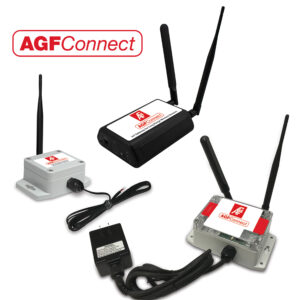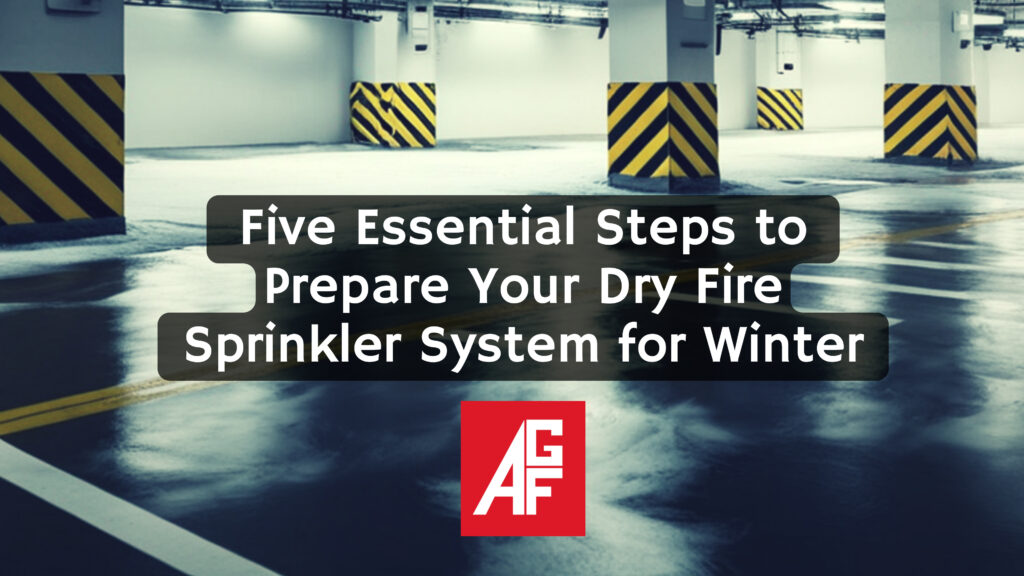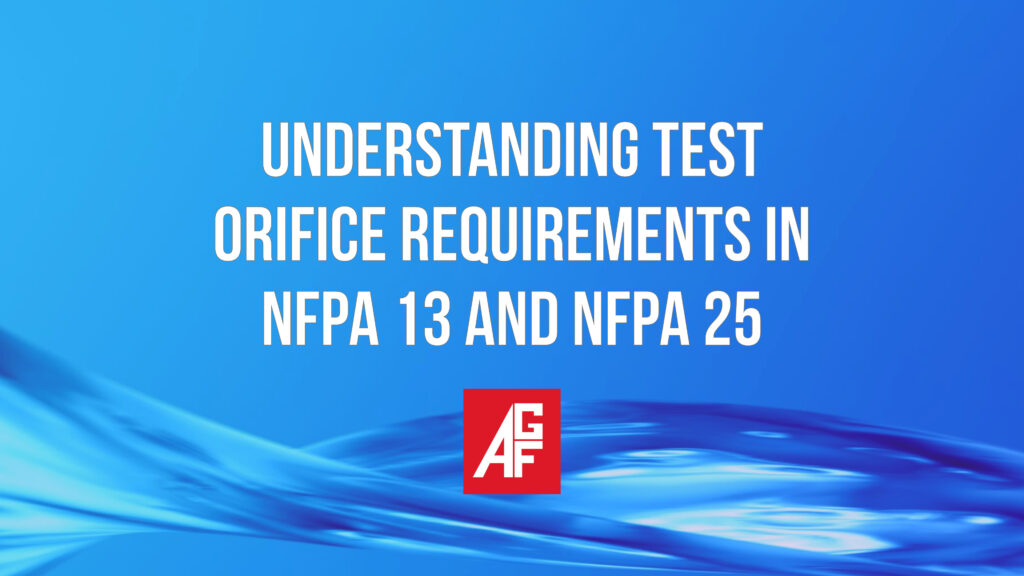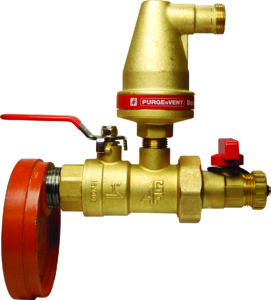A Smart Monitoring Solution for Auxiliary Drains
Malvern, PA – November 6, 2025 – AGF Manufacturing, the industry leader in fire sprinkler system accessories, announces the launch of AGFConnect, a new remote monitoring solution designed to make auxiliary drain maintenance easier, smarter, and more reliable.
AGFConnect combines a wireless sensor with indoor and outdoor gateway options to deliver real-time monitoring of auxiliary drains on dry and pre-action fire sprinkler systems. The system alerts contractors and facility managers when drains require attention, helping to prevent costly freeze damage, reduce unnecessary site visits, and minimize the risk of accidental system trips.
Continue reading AGF Manufacturing Launches AGF Connect →



 When it comes to protecting fire sprinkler systems from over-pressurization, pressure relief valves are a key component. But for years, there’s been confusion about what the pressure rating on these valves actually means, especially when it comes to the opening and closing pressures.
When it comes to protecting fire sprinkler systems from over-pressurization, pressure relief valves are a key component. But for years, there’s been confusion about what the pressure rating on these valves actually means, especially when it comes to the opening and closing pressures.


 metallic pipe. Trapped air can contribute to corrosion, leading to costly maintenance and potential system failure. NFPA 13 recognizes this and mandates at least a single air vent on wet pipe fire sprinkler systems, but the code allows the system designer to determine if additional vents are necessary.
metallic pipe. Trapped air can contribute to corrosion, leading to costly maintenance and potential system failure. NFPA 13 recognizes this and mandates at least a single air vent on wet pipe fire sprinkler systems, but the code allows the system designer to determine if additional vents are necessary.